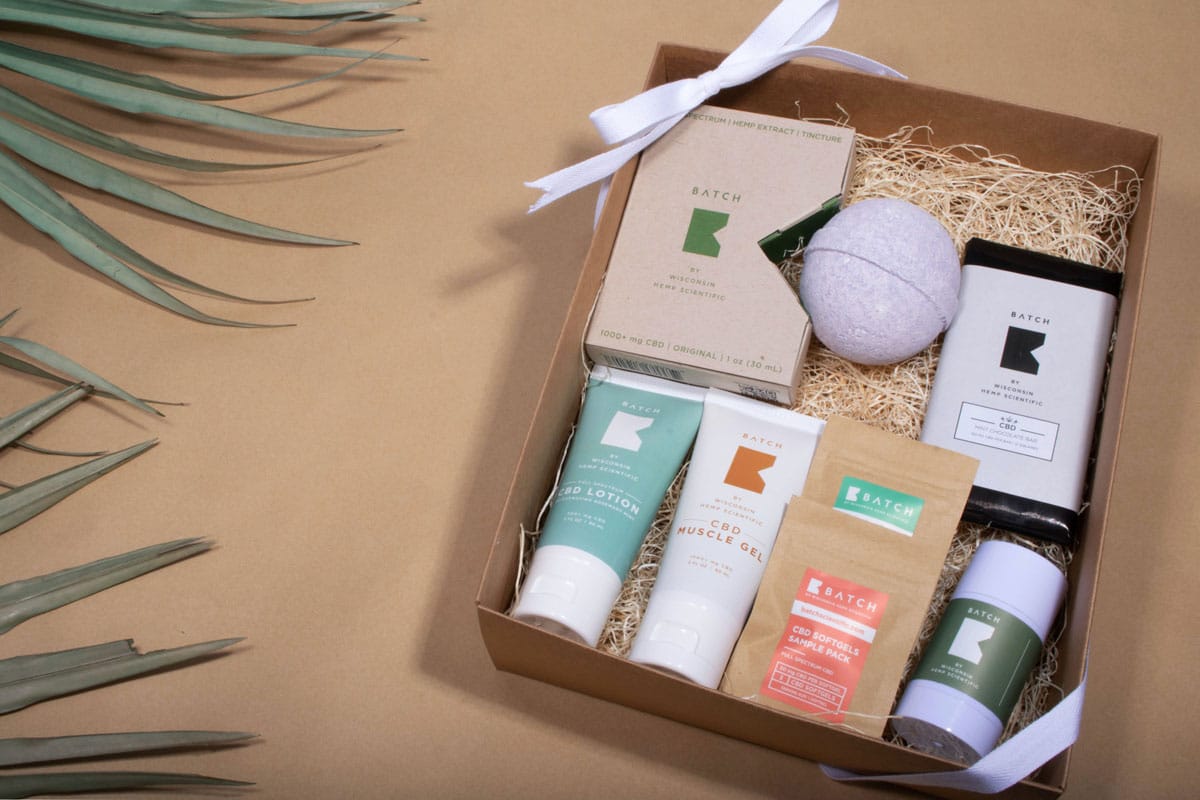

As retail prices surge, customers are restructuring their budgets to align with shifting priorities. With so many product subscriptions accumulated during the pandemic, users are canceling ones that no longer meet their needs. Consequently, brands are competing to maintain relevance in the market. So what trends and patterns can you observe in the subscription space, and how can you leverage them to retain customers?
According to Chargebee’s subscription industry report surveying over 300 top brands in the space, 87% of leaders affirm retaining a subscriber is more valuable than acquiring one. Consumers are becoming progressively savvy, and many only subscribe to businesses prioritizing engaging customer experiences. Additionally, as the economy ventures further from a hyper-growth phase, subscription companies recognize the profitability of existing subscriber bases, leading to increased retention efforts to monetize customers and drive brand growth and value.
However, added emphasis on the customer journey has prompted retention complications. Notably, brands struggle to personalize the user experience amid developing competition. Customized engagements correlate with service and product value propositions, so companies must develop and curate loyalty programs to outperform the competition and drive relevant incentives. This requires evaluating and applying customer data, but many subscription businesses experience difficulties in this area.
How can you address these issues to facilitate customer satisfaction and loyalty?
Chargebee’s Director and Head of Product Retention, Carl Nightingale, confirms “59% of people are looking to increase customer retention and customer satisfaction in their subscription businesses.” Accordingly, he has observed the most frequent retention strategies among brands. One traditional, low-risk opportunity is to offer discounts and incentives. These involve adding items to subscriptions and providing exclusive rewards once customers reach a desired loyalty threshold. Another method entails driving preemptive user engagement, where businesses contact inactive customers to offer cancelation, upgrades, or downgrades. You can accomplish this by automating the customer journey through social channel retargeting efforts like email and SMS.
With confusion surrounding customer data, subscription companies have deployed new technology and tools like AI for data aggregation and management, improving quality and powering personalization.
Best-in-class subscription providers customize loyalty programs, so authentic initiatives are crucial to boost LTV. Although rewards are delayed and ROI is more difficult to quantify with these programs, they foster incremental improvements in retention metrics and the customer journey.
Some brands have observed success by bundling products or services for exclusive members. For instance, when customers reach a milestone in their journey, you can advance them to quarterly, biannual, or annual plans at discounts to lengthen LTV. Another strategy is to monetize the subscriber separately from the recurring subscription by exposing them to additional products and one-time purchases.
One of customers’ most pressing demands is the ability to manage subscriptions independently. Consumers are more likely to continue their subscriptions when given the option to pause or skip recurring packages instead of canceling and renewing frequently. Similarly, if subscribers receive excess products, you can allow them to regift their subscription, creating a consistent referral program.
Each retention strategy depends on your ideal customer profile, so you can integrate and test campaigns and programs to maximize results for your brand.